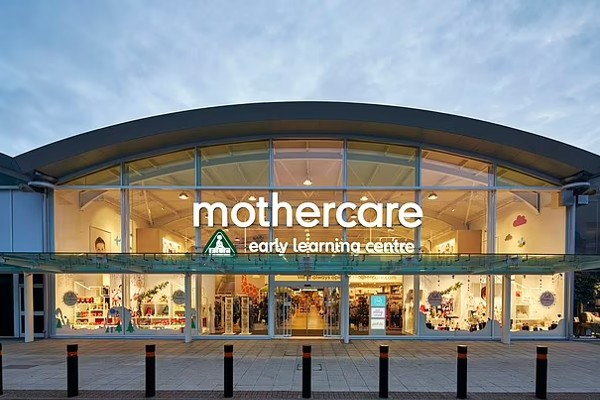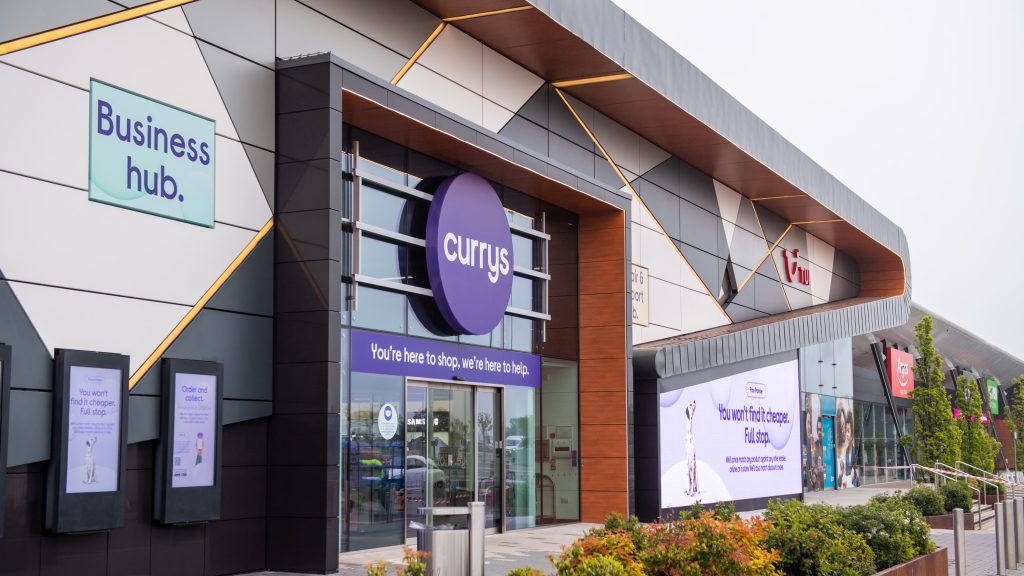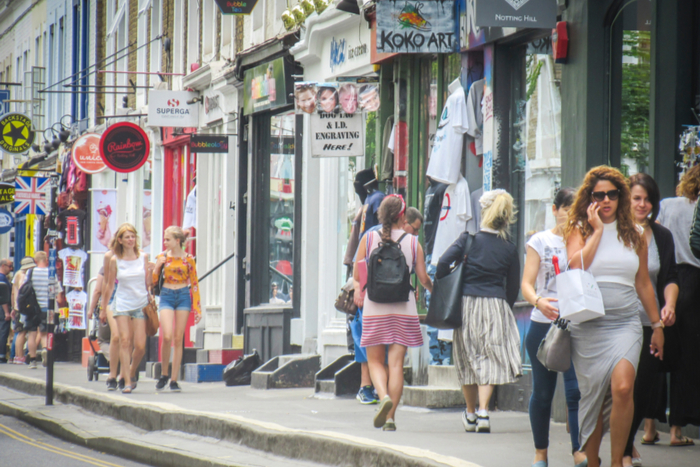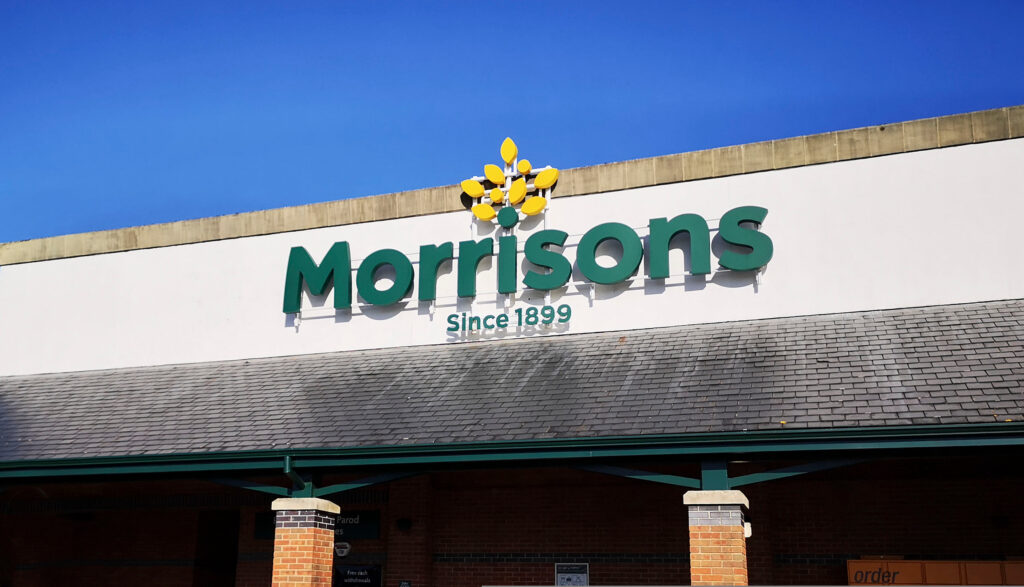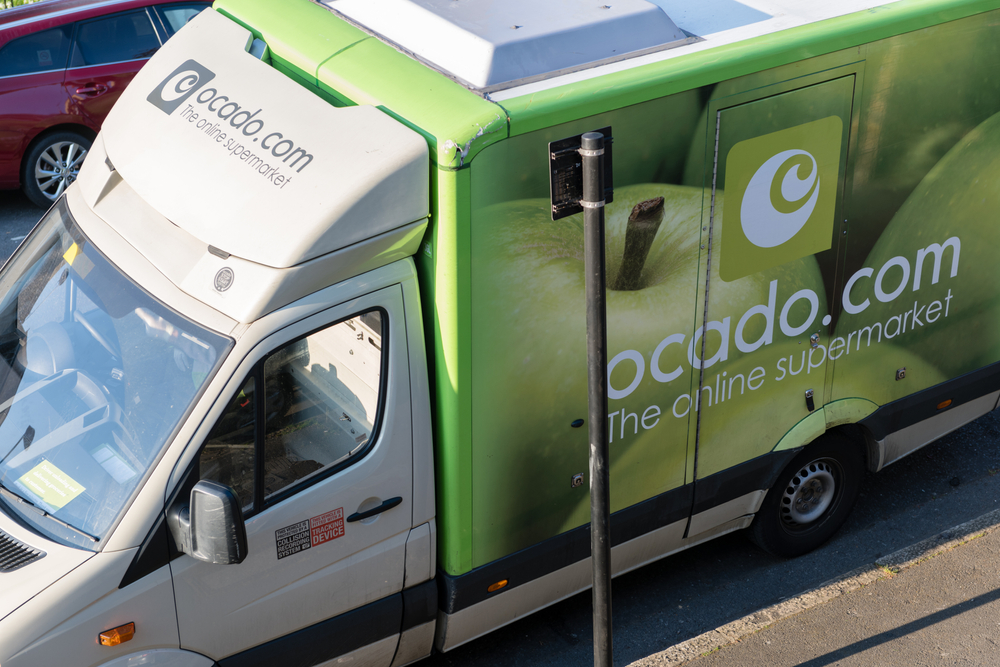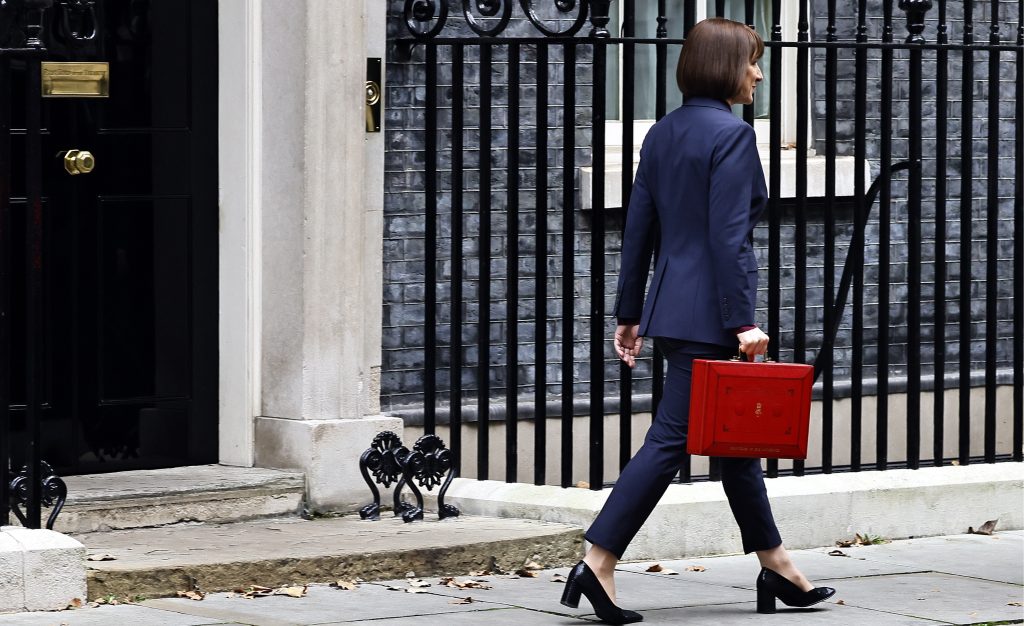The discount sector is to grow by two thirds and will be worth £12.4bn by 2017, according to research undertaken by research charity IGD.
77 per cent of shoppers who used discount stores in the past month alone are from demographic groups ABC1, showing that the stigma surrounding the discount channel is lifting.
The report, commissioned by specialist wholesaler Rowan, found that the ‘discount channel‘, which encompasses ‘food‘ discounters such as Aldi and Lidl, pound shops and high street discount stores, was used by just under half (43 per cent) of shoppers in the last month alone and is expected to expand. 26 per cent of shoppers plan to use food discounters more in the coming year and 22 per cent intend to use high street discounters more.
James Russell, commercial director of Rowan, said: “The discount channel is booming and is increasingly significant. However, rather than being a short-term trend in the retail sector, it‘s actually a long-term cultural shift. I believe we are seeing a permanent shift in the way the UK shops.”
The research also stated that 85 per cent of discount shoppers were planning to use the discount channel even after their finances improve.
The research suggests that there may not be such a vibrant future for retailers such as Morrisons in the UK. The supermarket announced like for like sales were down 2.6 per cent (inc fuel) in their Q1 statement this year.
The report also found that many people who would previously have done one weekly shop are now shopping more often, and using discount stores for some of their grocery needs.
Upmarket grocers Waitrose have planned to adjust and will add nearly 400 everyday shopping items to their essential range this year. In total, 700 ‘essential‘ products will be new or improved in 2013.
“Aldi is doing particularly well and have increased their line to over 1000 from about 650. It has always appealed to people who know they can find a bargain there,” Richard Perks, Director of Retail Research of Mintel told Retail Gazette. “The shopper‘s income in Aldi is very close to the national average. It is more upmarket than Asda and Iceland, where the poorest people tend to shop.”



